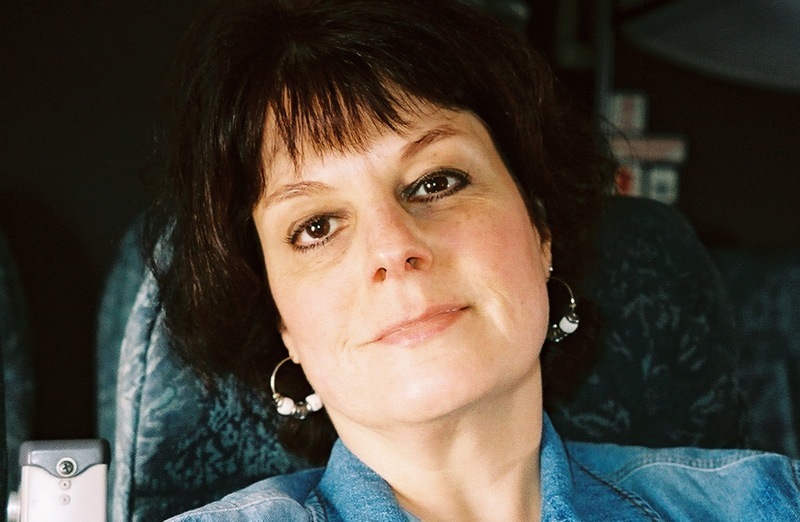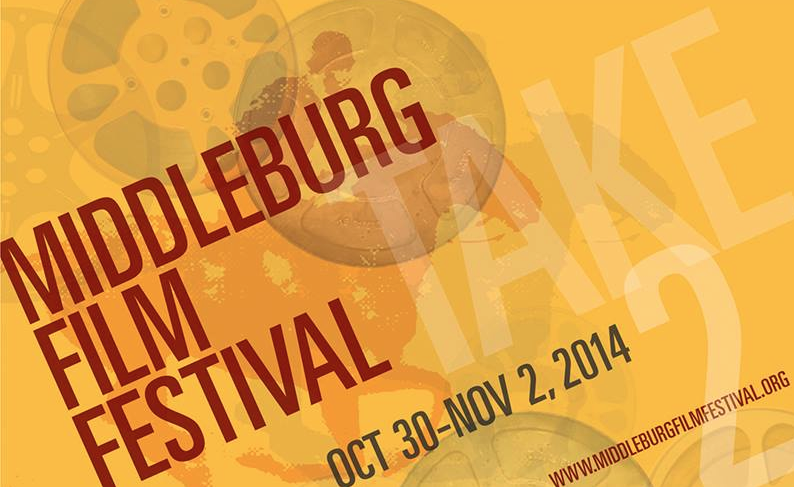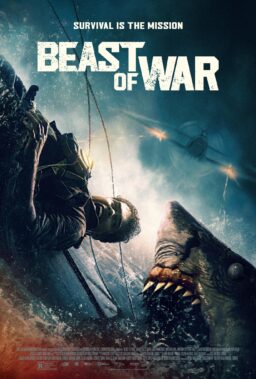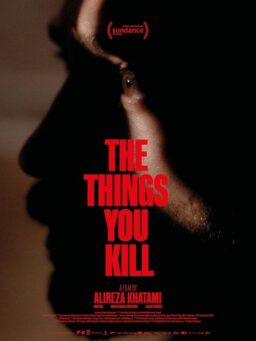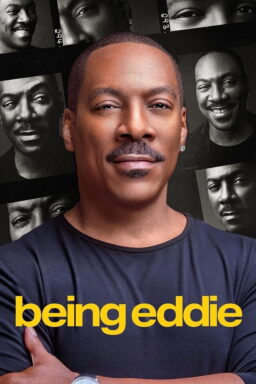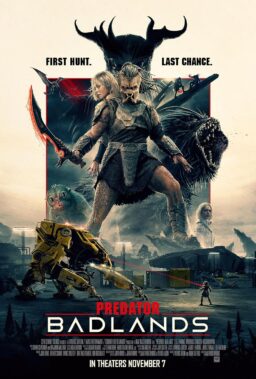Sometimes where you are when you see a movie can make a big difference.
That
point was made abundantly clear while watching “The Homesman,” a rare
female-driven Western directed by and starring Tommy Lee Jones. While
focusing on the plight of Hilary Swank’s self-sufficient plains dweller and
Jones’s scofflaw scalawag as they accompany three mentally disturbed
women across a godforsaken expanse of the Midwest, I heard a voice
behind me suddenly utter, “Sweet horse.”

That
reaction made all the sense, equine and otherwise, in the world I was in: the midst of the autumnal splendor of Virginia hunt
country, an hour or so drive from Washington, D.C. Afterwards, I asked
the woman why she had made that comment. Basically, she admired the
handsome white-and brown steed’s acting abilities. Never mind that two
Oscar-winning humans were turning in their own strong performances.
I
had missed the inaugural Middleburg Film Festival last year—mostly
because I had never heard of it before. But the rave reactions to the
event by fellow D.C.-area critics made me determined to participate this
year. Besides, how many film festivals use a sprawling luxury resort as
their home base? Or thrive without having an actual movie theater? Or are surrounded by some of the state’s premier wineries?
Besides
location, the size of the four-day festival is also a draw. Unlike the
frustrating lines, overwhelming choices and crush of star-gazing
humanity that defines the Toronto International Film Festival,
Middleburg is a cinematic version of a high-end boutique experience.
That’s partly because its main venue is the ballroom of The Salamander
Resort and Spa, while the others are a small performing arts center, a
sports museum and a historic hall. I did not pursue the possibility, but
I wondered if they offer a movie-and-massage package?

But
even though the seats and sightlines might be less than perfect, there
is no denying that the titles being shown—20 this year, two more than
last—are impressive in their scope, quality and diversity. The
centerpiece was the Oscar-touted biopic “The Imitation Game” with
Benedict Cumberbatch as brilliant World War II codebreaker Alan Turing.
Both the film’s director, Morten Tyldum, and actor Allen Leech (hunky
Tom Branson of “Downton Abbey”), appeared as fest participants. Another Academy-friendly entry is “Mr. Turner,” Mike Leigh’s masterful opus about
the legendary British landscape artist J.M.W. Turner.
There
were also a large number of foreign-language Oscar hopefuls: “Two Days,
One Night” from Belgium, “Force Majeure” from Sweden, “Human Capital”
from Italy. And some of the best-reviewed docs of the year made the trip
as well: “The Overnighters,” “Seymour: An Introduction,” “Red Army.”
Even
the special events—including a tribute to three-time Oscar-winning
costume designer Colleen Atwood (a Tim Burton fave whose handiwork is on
display in the upcoming “Big Eyes” and “Into the Woods”) followed by a
Halloween-themed masquerade ball and a concert with a 75-piece orchestra
in honor of composer Marco Beltrami (besides “The Homesman,” his resume
includes “The Hurt Locker,” “Snowpiercer,” “World War Z” and “Scream”)—exhibit great care, exquisite taste and the savviness of a Hollywood
insider.
Those qualities are a reflection of the
primary initiator of this little fest that could: Sheila Johnson. The
billionaire co-founder of Black Entertainment Television (BET), an
investor in several local pro sports teams and the second wealthiest
African-American female in the United States (right after Oprah Winfrey)
is a patron and participant in the arts. She began taking violin
lessons at age nine and majored in music at Roger Ebert’s alma mater, the
University of Illinois.

But Johnson, 65, has always
been a movie fan as well. The first film she remembers seeing was “West
Side Story.” “That was made a huge impression on me,” she says. “I went
back four times.” “My Fair Lady” made an impression. She loves
comedy, but not slapstick. She enjoys James Bond adventures and love
stories, but not sci-fi. “And I adore foreign films,” she says. “I just
came back from Bali, and saw four foreign films going there and four
more coming back. That is a lot of subtitles.”
Johnson
is also a filmmaker herself, having served as an executive producer on
four documentaries and on “Lee Daniels’ The Butler”—which, naturally,
was part of last year’s schedule. She also is on the board of the
Sundance Institute. That is how the Horse Whisperer himself, Robert
Redford, became Johnson’s Festival Whisperer. When she invited him to
see the 340-acre site for her resort, he looked around the quaint environs
of Middleburg and proclaimed, “This would be a great place for a film
festival.”
But Johnson made sure that her annual
salute to the movies reflects her surroundings. Instead of red carpet
opportunities and celebrities stealing the spotlight, she wants to
provide an opportunity for locals and beyond to share in the communal
act of watching a film and engage in debate both with filmmakers and
each other afterwards. “Festivals like Sundance have gotten so big,” she
says. “People come to this festival with friends. They can walk here. I
want to open their minds. When we showed “The Butler,” people were
crying afterwards. They had immersed themselves in the film. It is so
important that people aren’t afraid to step outside themselves and get
into critical debate.”
The fact that many of the
films and events were sold out proves that there is a hunger out there
to have a more enriching movie-going experience.

It
makes sense that this onetime music teacher decided to open this year’s
edition of the festival with a musical, “The Last 5 Years,” an
adaptation of the cult off-Broadway show starring Anna Kendrick and
directed by noted screenwriter Richard LaGravenese (“Beloved,” “The
Bridges of Madison County,” “The Fisher King,” TV’s “Behind the
Candelabra”). And, unlike many small festivals, LaGravenese was in
attendance and did a Q&A afterwards. He proved to be a candid and
witty addition, remarking to the D.C.-area crowd that included Tim
Kaine, a Virginia senator and former governor, “If anyone has to leave
to fix the economy or check on drones, don’t be afraid to leave.”
Judging from the fairly packed houses at the four movies I attended on Friday,
the first full day of the festival, Redford was right. This is a great
place for a festival. Of course, no festival, no matter how
well-planned, is immune to glitches. And the morning started with a
biggie: Just as Marion Cotillard hit her lowest point in “Two Days, One
Night“ as a factory laborer who must beg her co-workers to vote for her
to save her job, the screen flashed first yellow, then green and then
went silent. With about 15 or so more minutes left to go, the audience
was left hanging. It seems that the digital copy that was sent was
flawed. Disappointment hung heavy in the air, but any grumbling was kept
to a minimum.
As fate would have it, those who
stayed to see “Dior and I,” which plays like “Project Runway” on
steroids, would receive some sort of closure. The documentary captures
eight frantic and intense weeks in 2012 when creative director Raf
Simons produced his first fall-winter collection for the esteemed French
fashion house. The climax, of course, is the runway show, and who
should show up, looking more like her usual glowing self than her
emotionally beaten character in “Two Days, One Night,” but Cotillard.

My
final film of the day was “Clouds of Sils Maria,” a fascinating take on
an “All About Eve” situation set in the breathtakingly mountainous
terrain of Switzerland. Juliette Binoche is a famous actress about to
perform in a revival of a play that made her the star—only this time
as the older character. Chloe Grace Moretz is the Hollywood brat upstart
who takes over her career-making role while a bespectacled Kristin
Stewart is quite good as Binoche’s confidant and assistant.
I
started to love the fact that so many of the films during the first
full day of the Middleburg festival, as well as the tribute to Atwood,
focused on women and female-driven films. Yet as I went to the ladies
room after the film, I was bugged by how one major character disappears
without a trace in “Clouds of Sils Maria.” As I washed my hands, I
noticed a woman at the other sink. Suddenly, I blurted out, “So what did
happen to (so and so)?”
It was as if she was
bursting at the seams to discuss the scene with someone. We got into a
passionate discussion, with us both settling on a reasonable theory to
what occurred by the time we exited the venue.
Johnson would have been so pleased.
